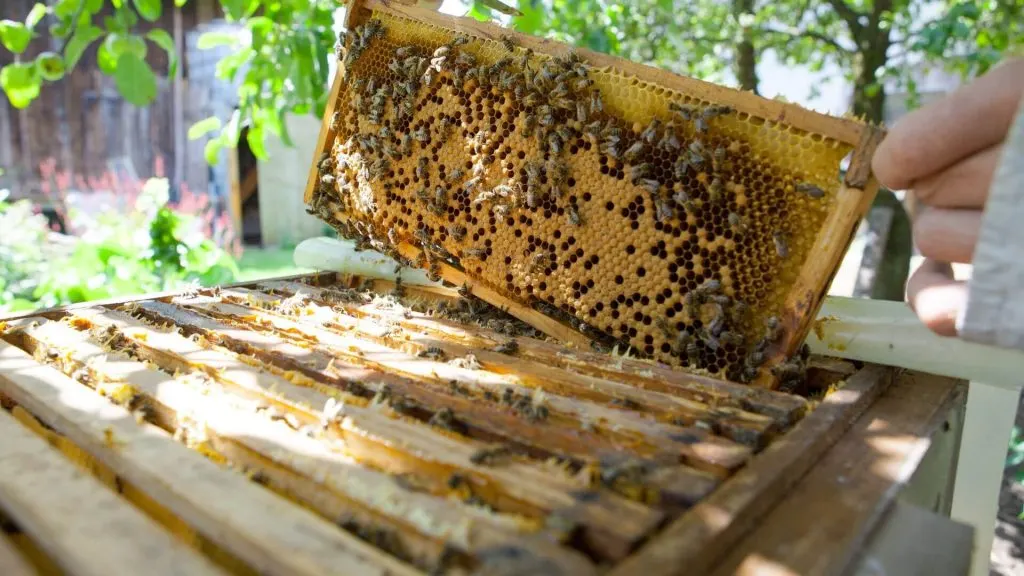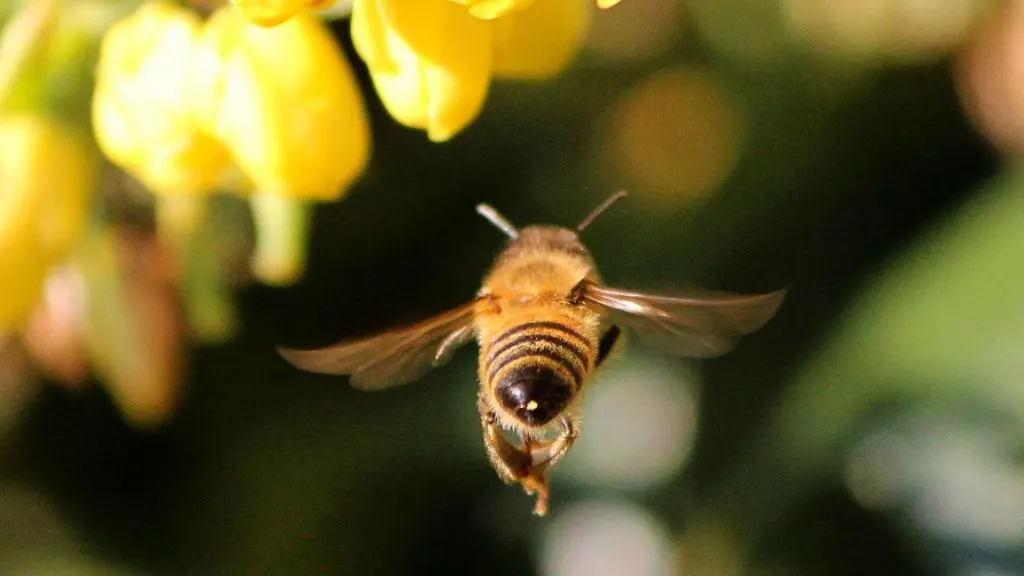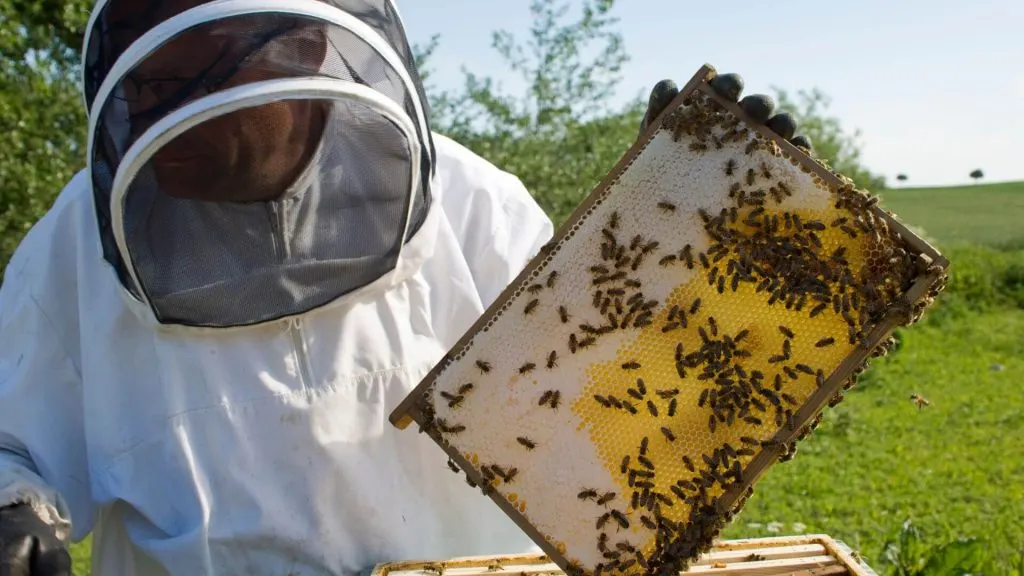Bees are fascinating creatures that play an essential role in our ecosystem. Not only do they help pollinate plants and crops, but they also produce one of the sweetest and most beloved substances on the planet – honey. Here’s a step-by-step process on how these fantastic insects produce honey.
How Bees Make Honey

Collecting Nectar
The process of making honey starts with the collection of nectar from flowers. Bees will visit numerous flowers and use their long tube or straw-like tongue called the proboscis to suck out the sweet nectar. They store the nectar in a special sac called the honey stomach. This sac is specifically for storing honey and is separate from a bee’s regular digestive system.
Enzymatic Digestion
Once the bee has collected enough nectar, it returns to the hive and regurgitates the nectar into the mouth of another bee. This exchange goes on until the nectar reaches a honeycomb cell. It will have to go through bee to bee as enzymes are added to it along the way. The enzymes break down the complex sugars in the nectar into simpler sugars that are easier to digest.

Evaporation
After the nectar has been enzymatically digested, it is then placed into a honeycomb cell. When the honey is secured in the cell, the bees then begin fanning their wings over the nectar. The air created by the bee’s wings evaporates the excess water in the honey.
This process reduces the water content of the nectar to around 18%, making it more viscous and suitable for long-term storage. Mad Honey and other naturally-made honey that’s safe for human consumption owes the thickness and richness of their products to the bee’s natural behavior of drying out honey.
Capping
Once the honey has reached the desired moisture content, the bees cap the cell with beeswax to protect the honey from moisture and other contaminants. The capped cell also serves as a signal to other bees that the honey is ready for storage and consumption.
Storage and Consumption
The bees store the honey in the capped cells, where it can be stored for months or even years. When the bees need food, they will uncap the cells and consume the honey. Beekeepers can also harvest the honey by removing the capped cells from the hive and extracting the honey from them.

Ripening
Once the honey is stored in the honeycomb cells, it is still relatively thin and runny. To thicken it up further, the bees will continue to fan their wings over the honey, causing more water to evaporate. Also known as ripening, bees can take several days to several weeks depending on the type of flower nectar used to make the honey.
Honeycomb Construction
Bees build the honeycomb structure from beeswax, which they produce from glands in their abdomen. The hexagonal shape of the honeycomb cells allows for efficient storage of the honey and maximizes the use of space in the hive.
Hygiene
Bees are extremely clean creatures and take great care to maintain the hygiene of their hives. They will remove any debris or dead bees from the hive and will also remove any honey that has become contaminated with dirt or other substances.
Beekeeper Intervention
Beekeepers can also play a role in the production of honey by providing bees with artificial hives and monitoring the health and productivity of the hive. They may also use various techniques to extract honey from the honeycomb cells, such as centrifugal force or heat.

Takeaway
The production of honey by bees is a complex and fascinating process that involves many steps. From collecting nectar to ripening the honey and constructing honeycomb cells, bees work tirelessly to produce this delicious and nutritious sweetener. Beekeepers can play a role in the production of honey, but ultimately it is the bees themselves that are responsible for this amazing feat of nature.

Jessi is the creative mind behind The Coffee Mom, a popular blog that combines parenting advice, travel tips, and a love for all things Disney. As a trusted Disney influencer and passionate storyteller, Jessi’s authentic insights and relatable content resonate with readers worldwide.
